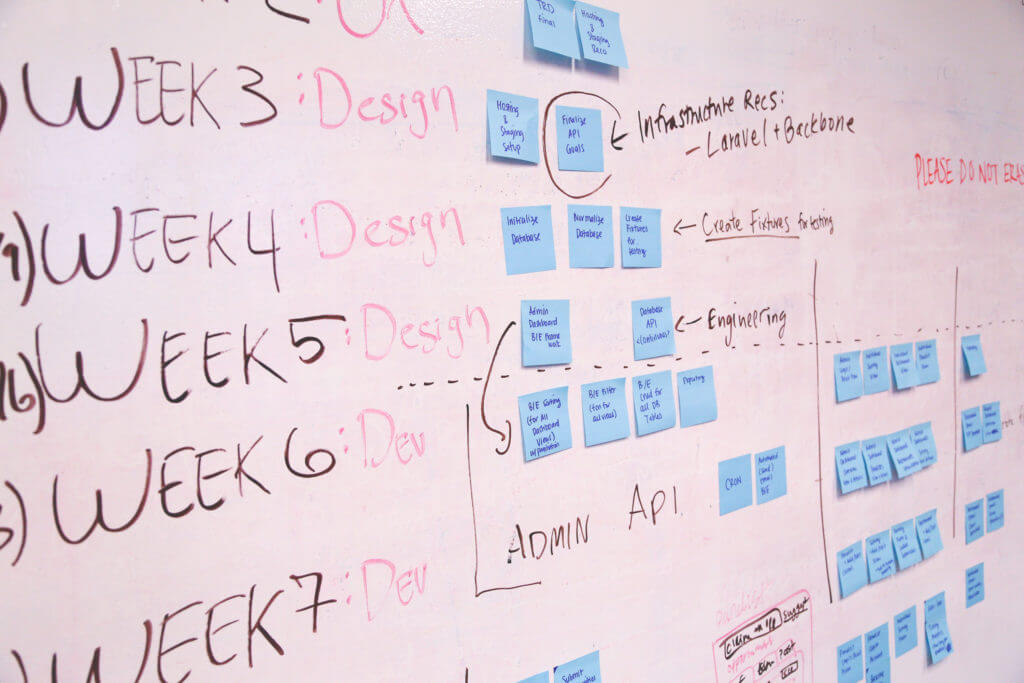Week Two of Application Building
Welcome Back! I hope week one went well and you’re excited to learn the steps to take to build your startup. To recap last week, We’ve validated the market, ensured we are okay with the existing competitors, and created a prototype! Congratulations! Those are significant steps you should be proud of yourself! The next big step is the business requirement document.
What are we focusing on this week? This week you should, if you haven’t already, answer the most important question that investors care about: How will this product generate a profit? Secondly, we will identify what my market space looks like.
Revenue Generating Products:
The following Twitter (before Q4 of 2017) is the last thing you want to be. They burned through money and had no way of creating revenue. Even though everyone uses the product, Twitter has yet to profit from it. Investors will not invest in a product that does not make a profit. Here is a free fact, in-app advertisements do not generate much revenue. You might see $35,000+ in revenue from ads with 500,000 Weekly Active Users. It would help if you had a proper revenue stream, or your product will not be able to sustain itself, and investors will not invest in your product.
Also, it would be best to research competitors in the market to see how they make money. This will allow you to see what price people are willing to pay and what price point similar companies put on their products. By gathering this information, you can identify your price point.
Identify Market Potential:
You’ve already confirmed that the market wants your product! That’s a big first step; now you must put a price on the market! Say you’re developing a SAAS focusing on database analytics; you’ll be able to identify how large the market is, that is, your Total Accessible Market.
Now You’ll need to identify your Serviceable Accessible Market. Who of the Total Accessible Market is your exact client? How do you find that? Well, that’s for you to determine, but leveraging the data you collected to see if the market wants the product can help you to identify who is your exact client.
Last but not least is finding the Serviceable Obtainable Market (SOM). Your SOM is who you believe; you can get as a client through traditional marketing mediums. How many people do you reasonably expect to pay for your product?
Once you’ve identified these numbers, you can continue creating more financial projections!
Business Requirement Document:
What is a BRD? A BRD is exactly as it sounds; it is the requirements for the application as set by the business needs. This is where you write out the entire application in longhand. You need to list exactly how every button works, what happens at every step of the application, and what must be done to keep moving forward. Write the user story of every account type, how they interact with the application, and what features they do or do not have access to.
Writing out a business requirement document helps move the business forward tenfold. This is the manifesto that you need to move forward in development. It allows any new employee to understand the exact needs of the software and what the product exactly does.
If you want more information on a BRD and the purpose of one, this will help explain why in a bit more detail: Why Should I Make Discovery?
Furthermore, these are three big tasks that will take a lot of hours to complete and a lot of focus. I wish I could tell you after working on these, your head won’t hurt, but in all likelihood, it will. But that is a good thing! Just like working out and your muscles get sore, your brain gets tired because your thinking and working hard continually improves. Writing out the development plans, identifying how you will make money, and how large your market space is will help you to continue moving forward on the path to success!

